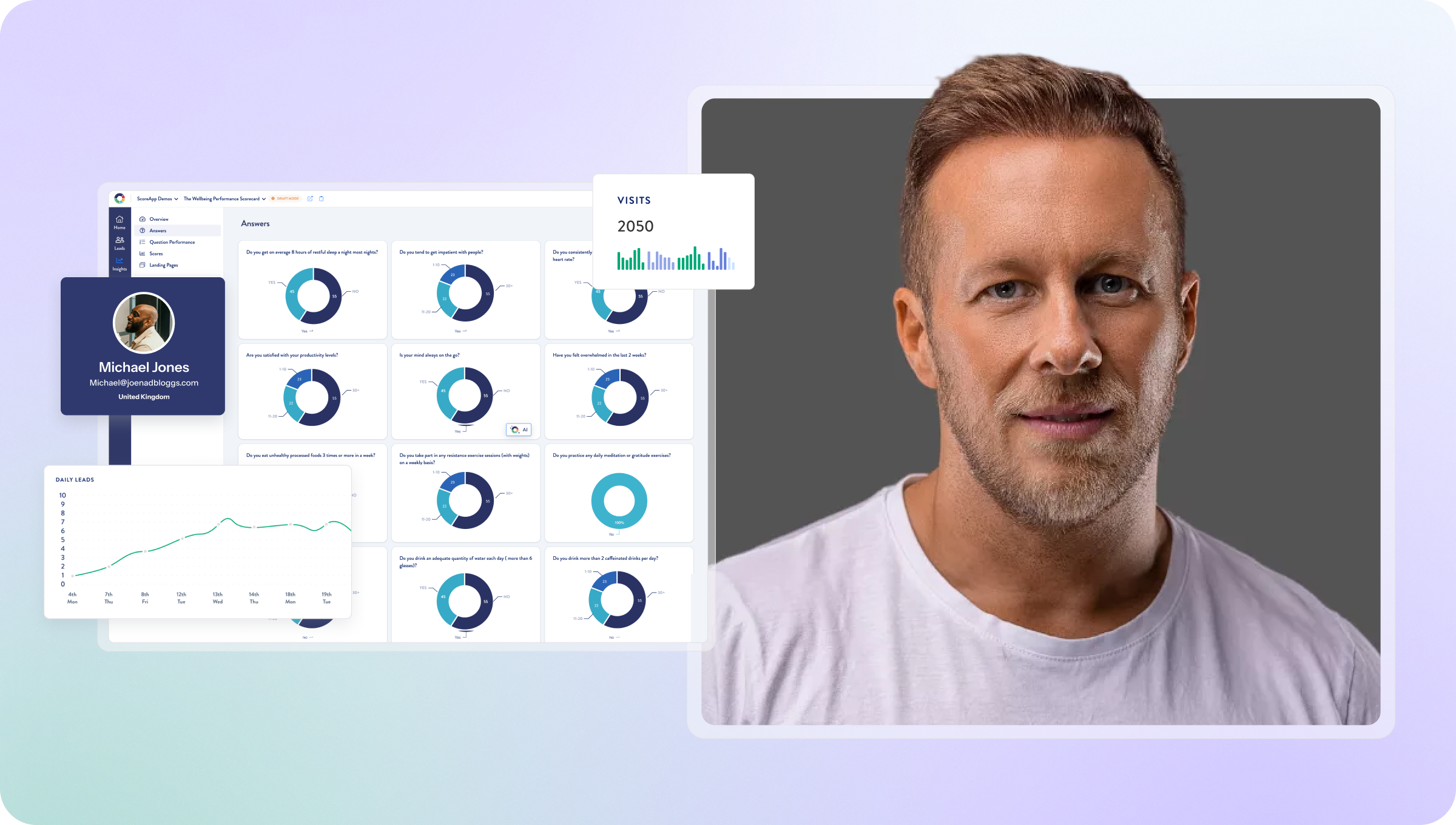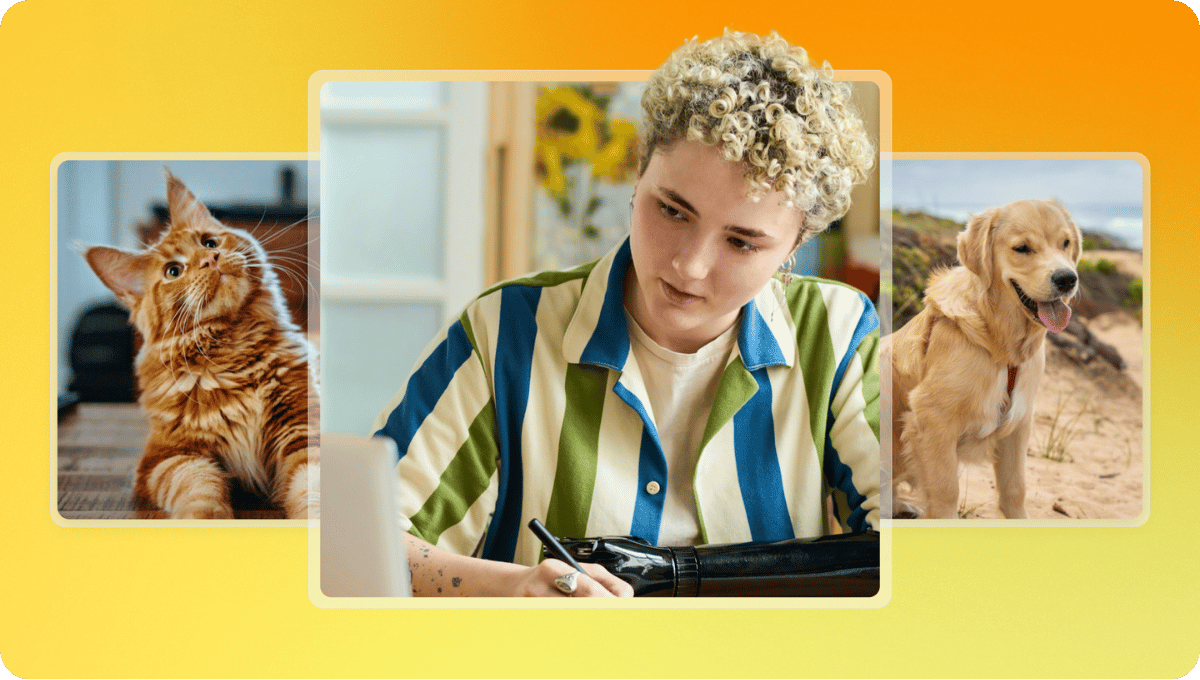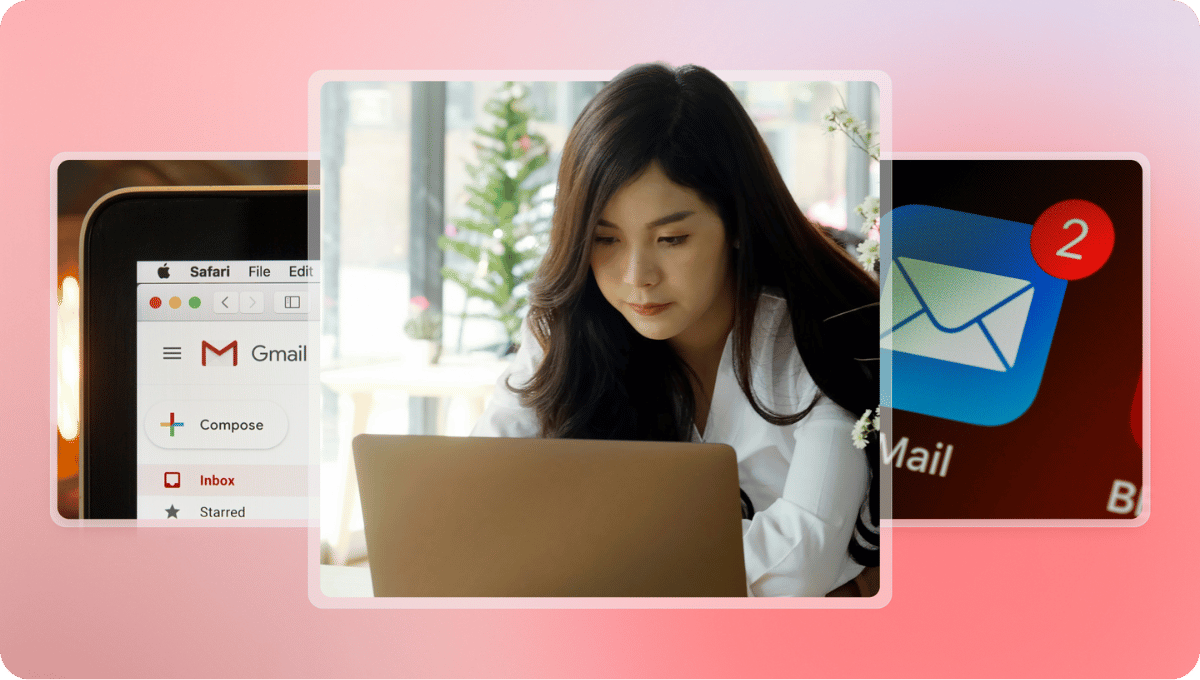Use Netflix’s Method To Get The Right Attention From Hot Leads


Every business wants to attract a consistent stream of ideal clients. Don’t you? There’s a general attitude that this takes more time and effort than getting lower ticket leads. The idea of actually landing your perfect clients on autopilot seems ludicrous!
But that’s where Netflix shows us a different way. By unpicking their structure, we can see how there can be some degree of automation and scalability to generating perfect, scalding hot leads.
What is Netflix’s method?
It’s all about getting attention – and keeping it. Which means it definitely isn’t:
- Annoying: Multiple daily emails to existing customers, no-one wants this!
- Creepy: Continuous interruptions from targeted pop-ups every time their audience turns around, like ‘Don’t forget to finish Season 2, Season 3 starts next week and we can see that you’re only on episode 5.’ *Checks under the bed*
- Fun, but scary if an adult: Full toddler, lying on the floor in a supermarket, tantrum. If only screaming ‘Buy my thing’ in everyone’s faces worked!
These would all come under the category of ‘Stop attention seeking!’ They’re not strategy-driven, successful lead generation methods.
What Netflix does is use 3 psychological triggers that apply to everyone and are embedded in their structure:
- Novelty: There’s always a new show section – hello dopamine hit! Their new content is presented as exciting, and new series and films are constantly in the top spot. This keeps us coming back for more.
- Transparency: Before you settle down to watch the first episode of a new series or the start of a film, you get all the information you need. Story synopsis, duration, number of episodes and series that are available – the whole roadmap – whatever you need to commit your time to watching the whole thing.
- Anticipation: Every episode ends with a glimpse of what’s happening in the next episode. Not just leaving on a cliffhanger, but getting a teaser for the good stuff that’s coming up. The more invested you are in a series, the more time you want to give it.
These whet your appetite for the next episode. Even if you’re staring at your crumb-ridden reflection in the somewhat judgemental ‘Are you still watching?’ screen and realise you should’ve been in bed 2 hours ago. You need to know what happens next – now!
Through this careful combination, and the quality of their content, Netflix keeps us glued. They may have audience segments that can be sorted by favourite genre, but this works for them all: horror, 80s nostalgia, true crime, romantic comedies, whatever you’re into.
We can use these psychological triggers when presenting our offers to help us grab our audience’s attention and keep it for as long as possible.
The same truth applies to your business and Netflix – the more time people invest in consuming your content, the stronger their commitment to consuming even more.
What are people doing to implement the Netflix method?

Business owners are using video mini-courses to lure people down the internet rabbit hole of their business. Currently, videos are a hugely popular content type online in general. But creating video mini-courses that educate your audience about your offering deploys the Netflix 3-point strategy to capture and keep their attention.
Your prospective clients want to know about your product or service before they either make a purchase or get on a sales call with you. A free video mini-course is the perfect way to share crucial information and show that you understand their position.
Take something that’s a pain point, need or aspiration of theirs and teach them a solution. Just 3 short videos, all connecting to each other with teasers for the next, leading them straight to the answer they were expecting. This follows the Netflix attention equation:
- Novelty: You’re new, the course is new, the answer is new!
- Transparency: You’re demonstrating exactly what they’ll get if they work with you, or use your product or service.
- Anticipation: Every bit of your video mini-course lead magnet is connected by wires of anticipation – from the landing page to the post-purchase email stream. Your audience is purposefully ushered to the next stage and arrives eager for more.
We’ve all done it. You start by searching ‘How to wire a plug’ and, 3 hours later, you’re watching videos about how Viennetta is made!
Ideally, your video mini-course will bring your audience through the portal that leads them to the world of you and keeps them right there. Their experience of your course goes on a repeat cycle, as they devour the rest of your content.
Your audience spends lots of lovely time with you, on-demand, without you being in the room – warming up those high-ticket leads on autopilot.
Added bonus!
Engagement with your video mini-course gives you the opportunity to ask carefully crafted questions straight to your ideal clients.
The insights from their quiz answers help you fine-tune the personalisation of your current mini-course and give you a deeper understanding of how to promote future offers.
How do you create compelling content, just like Netflix?

There’s no guaranteed recipe for creating content that’s compelling to your audience. But there is a planning structure you can follow that ensures you’ve thought of all the angles.
As soon as you start thinking about the question ‘What kind of video mini-series should I make?’, it gets a bit overwhelming.
Researching what other people do successfully is a logical early step. But then you’re bowled over by all the different kinds of video styles: tutorials, practical demonstrations, advice talks, funny, silly… the only limit is our imaginations.
Of course, your video mini-course has to align with your brand identity, industry norms (or not, if you’re a disruptor brand!), and – most importantly – the kind of content your audience likes to consume. You have all the knowledge and market research to hand to identify all these elements.
A good foundation for your content creation is to begin with this planning framework.
Compelling content lives at the intersection of these 3 ideas: Educate, Inform, Entertain
Now let’s break down what’s within each of these 3 ideas.
Educate
The dopamine hit – you’re going to educate your audience with a new idea.
- Inspiration – you inspire people with the ideas you’re sharing
- New and novel – always intriguing and exciting
- Opportunity – that they haven’t thought of before, or new ways to apply their newly acquired knowledge
Entertain
Don’t be tempted to release your inner stand-up persona here! Entertaining doesn’t just mean funny. Focus on the idea for this video mini-series having some level of entertainment to your audience.
- Stories – your secret weapon to virality. Because stories are a powerful way to connect with other humans, because they give us a way to see reflections of ourselves.
- Interesting – other people’s lives, and their responses to the situation we’re in, are endlessly interesting
- Emotional – there’s a the whole range of human emotions to tap into here, and stories are a safe place to take out the tricky ones and process them
Inform
The proof is not in the pudding (sadly), but in the facts.
- Statistics – the numbers that inform people of the situation as it stands
- Facts and data – from reliable sources and your own case studies
- Research – your own primary research is very powerful evidence, of the point you’re making and your position as an industry leader

The sweet spot
To hit the sweet spot your content needs to incorporate all 3 elements. If it doesn’t, you may end up with an unintended vibe to your video mini course. For example:
- Educate + inform – entertain = The most boring lessons you can remember from school
- Educate + entertain – inform = You’ve accidentally made a Ted Talk
- Inform + entertain – educate = You’re straying into David Attenborough’s territory with a documentary style. Interesting, but no ‘next step’.
There’s absolutely nothing wrong with any of these content types. But you’ll only provoke action by planning a video mini-course that balances all three. That’s when your audience will be compelled to do the ‘something else’ you’ve got ready for them.
How to get attention (the right way)

Before you can get the right attention from your ideal clients, you need to understand their current mindset. They’re not all in the queue for the checkout already. You might be super-excited about what you’re selling but they won’t all be ready to buy.
Imagine you’re at a networking event and there’s a speaker from a local accountancy firm that’s giving a talk. You’re interested in the topic, so you find a seat, get your notepad out and discuss how excellent the snacks are with the stranger on your right.
The suited accountant takes to the podium and says ‘With a show of hands, who’s ready to switch accountant’s today. Go on, put them up!’ as their opener. You keep your hands firmly down, feel a little uncomfortable at being put on-the-spot so publicly, and wonder if you can quietly slip out.
There are so many different ways they can start their talk:
- How many of you aren’t 100% satisfied with your current accountant?
- How many of you feel like your tax reliefs weren’t fully optimised last year?
- How many of you absolutely loved those mini-burgers?
Include the audience, by all means, get them involved. But do it in a way that proves you understand their problem – not just presenting you as the solution.
The same is true of how you get the right kind of attention with your video mini-course – and any other content. People want their problems solved, their needs met, their aspirations brought a bit closer to realisation. They don’t want to hear you waxing lyrical about your ‘solutions’.
From a promotions standpoint, being problem-aware is a much better angle than being solution-aware. You need to get their attention by showing your full understanding of the problem and then you’ll have their engagement when you lead them to your solution – a much smaller part of your strategy.
Apply this method to your lead gen strategy with a video mini-course

Getting your prospects from being problem aware to solution aware is simplified if you have an automated sales process
You can have a lead generation flow that looks like this:
Landing page, fill in a form to get a downloadable PDF lead magnet, thank-you email with the PDF.
But what’s missing? There’s no nurturing at all here. No educate + entertain + inform.
There’s no helping to overcome hurdles on the path to purchase, no answers to questions, no stories to capture their imagination.
There’s just a hope that the value from the downloadable will be enough to move the potential client onto the next stage of the sales funnel.
A video mini-series lead generation flow differs from this:
- Landing page: Introduces something new and exciting that shows understanding of their problem + transparently states exactly what the 3 videos will contain and their duration. ‘Each video is a maximum of 10 minutes, you can complete the whole course in just half and hour’’
- Videos 1, 2 and 3: Educate + entertain + inform. Build anticipation at the end of each one to create interest in the next one. ‘You won’t want to miss video 2 where we show you how to put this into practice in your business’
Why is this valuable?
By the time someone has completed your video mini-course, they’ve moved through those crucial ‘know, like and trust’ stages of their journey. When you deliver this amount of value, you’re more likely to make sales sooner – sometimes as soon as they complete the course!
Want to be a bit extra?
Add an additional layer of quality to this automated sales blueprint with top-level email streams. You can use emails at different points to keep the cycle of sales going, long after you create your mini course itself.
Perfect partners: Netflix methodology + ScoreApp Lead Generation Toolkit
The Holy Grail of lead generation: Create compelling lead magnets to attract the perfect clients, with some degree of automation and scalability.
Now you know what it is, you can apply the Netflix methodology to whatever you create. ScoreApp has put together a comprehensive collection of everything else you need in our Lead Generation Toolkit, including:
- Video mini-course scripts
- Email templates
- Social media swipe files
- Canva templates
- Promotional tools and graphics
- And lots more…
With your ScoreApp account, you can already build beautiful landing pages, video mini-courses, quizzes and email sequences. This bucket-load of extra time and energy savers is free with your paid ScoreApp membership. Get your ScoreApp Lead Generation Toolkit today.



